Remembering Donald Trump's legacy in the pro football world
America decided, via the election, that four years was enough for Donald Trump to reside in the White House as the president. Former Vice President Joe Biden was projected to secure enough electoral votes on Saturday to defeat Trump and become the 46th president.
During his years in office, Trump wasn’t shy about throwing his weight around in the sports world. Perhaps never more so than in football. Here’s a look back at Trump’s push to be a shot-caller in pro football, which dates back long before he became the 45th president of the United States.
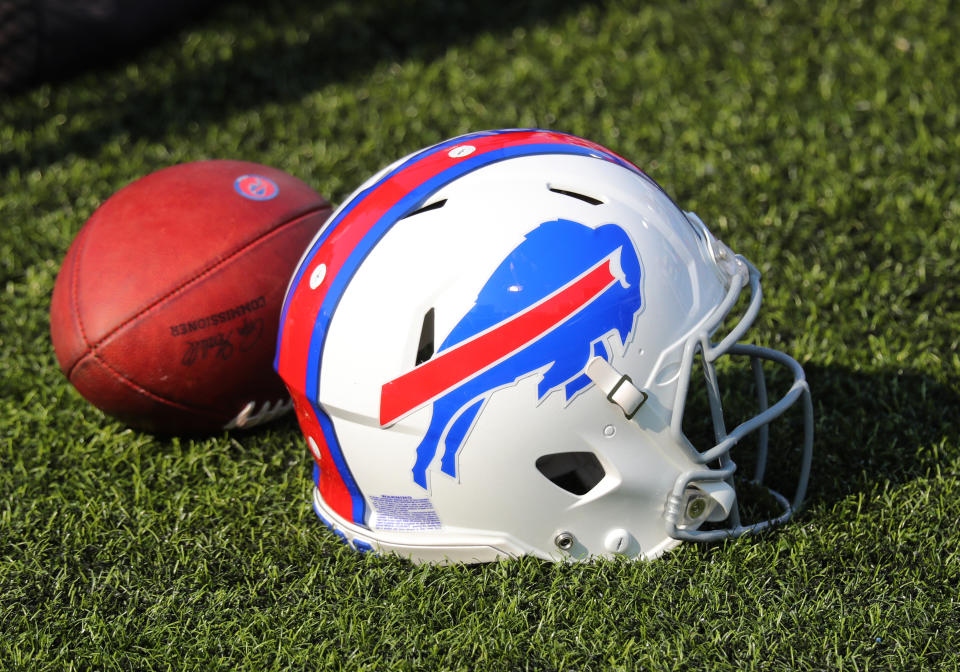
Trump’s flirtation with Buffalo Bills
Donald Trump spent plenty of his presidency criticizing the NFL on multiple fronts. In a different timeline, the NFL might have kept him from running for president.
Trump reportedly submitted a bid in 2014 to buy the Buffalo Bills after 95-year-old owner Ralph Wilson died and his estate put the team up for sale. Trump’s bid was less than $900 million, according to Forbes, and he lost out to Terry and Kim Pegula’s reported bid of $1.4 billion. A group headed by rock star Jon Bon Jovi was also in the running.
If Trump was successful, it has been speculated he wouldn’t have run for the presidency the following year, instead refocusing his energy on winning a Super Bowl with the Bills.
Even if that was the case, he might have faced obstacles. His former personal attorney, Michael Cohen, wielded Trump’s failed Bills bid to brand the president a “cheat” in 2019.
Cohen testified under oath to the House Oversight Committee that “Mr. Trump inflated his total assets when it served his purposes” and provided the committee with three years’ worth of Trump’s financial statements from 2011-13, when he tried to secure a loan from Deutsche Bank to buy the Bills.
Cohen argued Trump violated the law in falsifying documents to present himself as richer than he was, and therefore a more attractive prospective team owner for the NFL.
Trump did not face any significant legal consequences from that part of Cohen’s testimony, but he and his companies filed a lawsuit in 2019 to block Congress from gaining access to financial information regarding those businesses as it pertained to buying the Bills. So it’s not hard to imagine that the NFL would have either refused the sale to Trump after a closer look back in 2014, or tried to take action against Trump once he bought the team and the alleged criminal activity came to light another way.
The Bills bid wasn’t Trump’s first involvement with trying to buy an NFL franchise. After making a name for himself in business and real estate in the 1970s, Trump expressed interest in purchasing the New England Patriots in 1988, but ultimately backed out of a potential deal because, according to Sports Illustrated, he was worried the NFL would try to block his efforts.
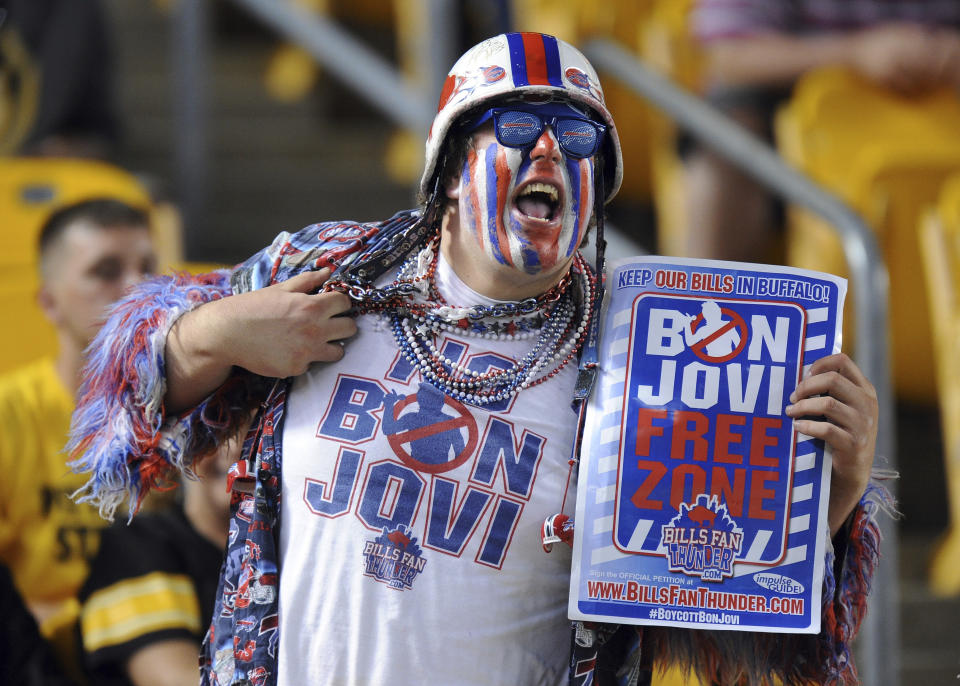
One of the main reasons: Lingering resentment over legal action Trump took as a team owner in the United States Football League. Trump bought the USFL’s New Jersey Generals in 1983, and later brought an antitrust suit against the NFL in an attempt to force a merger. It didn’t work, and the ongoing legal fight helped contribute to the USFL folding in 1985.
After he missed out and was elected president, Trump repeatedly blasted NFL players for kneeling in protest during the national anthem, and also leveled attacks against the league’s TV ratings, which were often exaggerated, at best.
Jacksonville Jaguars owner Shad Khan has said such attacks felt “personal” and that Trump was “jealous” of the NFL. Moreover, ESPN’s Adam Schefter reported that the general feeling among team owners was that Trump had a vendetta against the league.
That said, Khan and other owners still demonstrated loyalty to Trump in his political endeavors. But Trump was never a member of the NFL in any official capacity, nor did the NFL ever have to deal with him as such. And it wasn’t for lack of trying in either case.
Trump and ‘small potatoes’ of the USFL
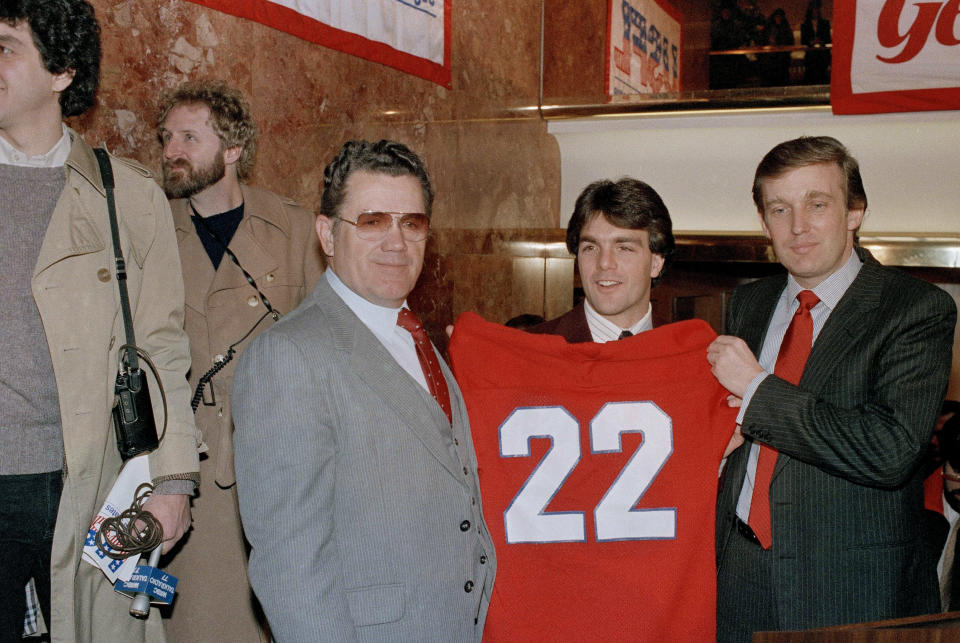
Trump was a big part of the USFL’s brief and strange existence.
The spring football league began in 1982 and played three seasons from 1983-85. From the start, the league wanted Trump to own a team. Trump, then in his 30s and getting started in real estate, was focused on his elusive goal of attaining an NFL team. When that failed to materialize, Trump bought the New Jersey Generals in 1983 from Oklahoma businessman J. Walter Duncan, who had grown tired of traveling between his home and his football team.
Trump entered the USFL with a splash.
“Trump was Mr. New York, here to salvage the USFL,” Generals president Jimmy Gould told Esquire in 2016. “The league should've paid him. The league was dying, and here came this massive shot of steroids.”
Under Trump’s ownership, the Generals signed Boston College quarterback Doug Flutie by asking other team owners to help pay for Flutie’s salary “for the good of the league.” His plan was to move the team to New York and build Trump Stadium in Manhattan. These moves were setting up for what Trump envisioned as a merger between the USFL and NFL. He thought this merger would also help bolster their financial investment in their teams.
The USFL had struggled to generate revenue across the board. The league expanded, reshuffled teams and tried to find creative solutions to keep afloat.
This is where Trump saw an opportunity to dive into the lucrative NFL world. He urged other USFL team owners to switch schedules from the spring, where there was no football competition, to the fall, pitting the upstart league against the NFL, college football and high school football.
“If God wanted football in the spring, he wouldn’t have created baseball,” Trump said, via video in ESPN’s 30 for 30 documentary, “Small Potatoes: Who Killed The USFL?”
He finally got enough support among USFL team owners that the league filed an antitrust lawsuit against the NFL, claiming that the NFL had a monopoly on professional football and the TV rights.
The lawsuit went to a jury trial, spanning 42 days (including five days of deliberations), in the United States District Court in Manhattan. The NFL’s lawyers pegged Trump as the one going up against its league, portraying him as a “vicious, greedy, Machiavellian billionaire, intent only on serving my selfish ends at everyone else's expense,” as Trump wrote in “The Art of the Deal.”
“It was a hard thing to watch unfold,” Houston Gamblers owner Jerry Argovitz said, via Jeff Pearlman’s “Football For A Buck: The Crazy Rise and Crazier Demise of the USFL.” “Donald didn’t love the USFL. To him, it was small potatoes. Which is terrible, because we had a great league and a great idea. But then everyone let Donald Trump take over. It was our death.”
The jury ruled in the USFL’s favor that the NFL had used predatory ways to acquire a monopoly on professional football, but that the NFL had not tried to keep the USFL from being broadcast on TV. Even though the USFL was found to be right about the monopoly, the jury decided that the USFL’s downfall was of its own making through mismanagement.
The jury awarded $1 in damages to the USFL, but that sum was tripled to $3 under antitrust law. The NFL did have to pay the USFL’s lawyers fees of around $6 million, but that money did not go directly to the struggling league.
Soon afterward, the USFL folded.
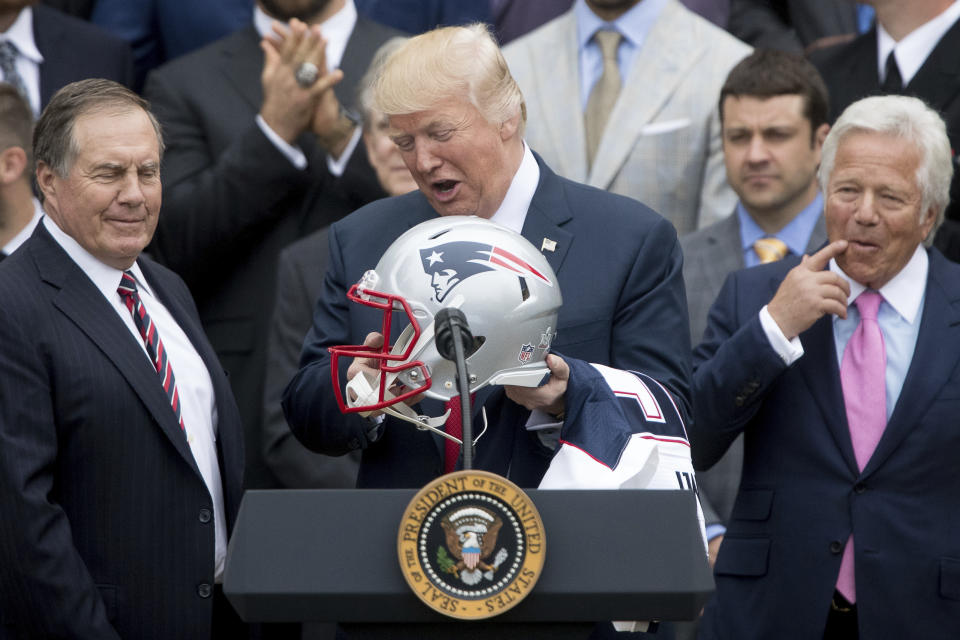
Candidate and President Trump uses bully pulpit vs. NFL
It wasn’t long after winning the White House in 2016 that Trump began to stump for 2020, regularly using his platform as president to stage campaign rallies across the country.
These demonstrations didn’t seek broad appeal. Trump focused squarely on stoking his base and seized on the sizzling piece of red meat that was NFL social justice protests to do so.
Colin Kaepernick’s decision to kneel during the national anthem to protest police brutality and racial injustice just so happened to coincide with Trump’s rise to the White House in 2016. A flash point of America’s culture war became a convenient and effective rallying cry for Trump as he played to his MAGA base.
Trump’s first year in office saw Kaepernick’s exit from the league as teams refused to sign him amid the roiling controversy over his anthem stance. Meanwhile, players across the NFL carried Kaepernick’s torch and continued to kneel to protest social injustice in his absence.
As Trump’s supporters lambasted the protests as unpatriotic and anti-military, Trump set his sights on the NFL and its athletes. A September 2017 campaign rally in Alabama witnessed a seminal moment of Trump’s in-office campaign rhetoric.
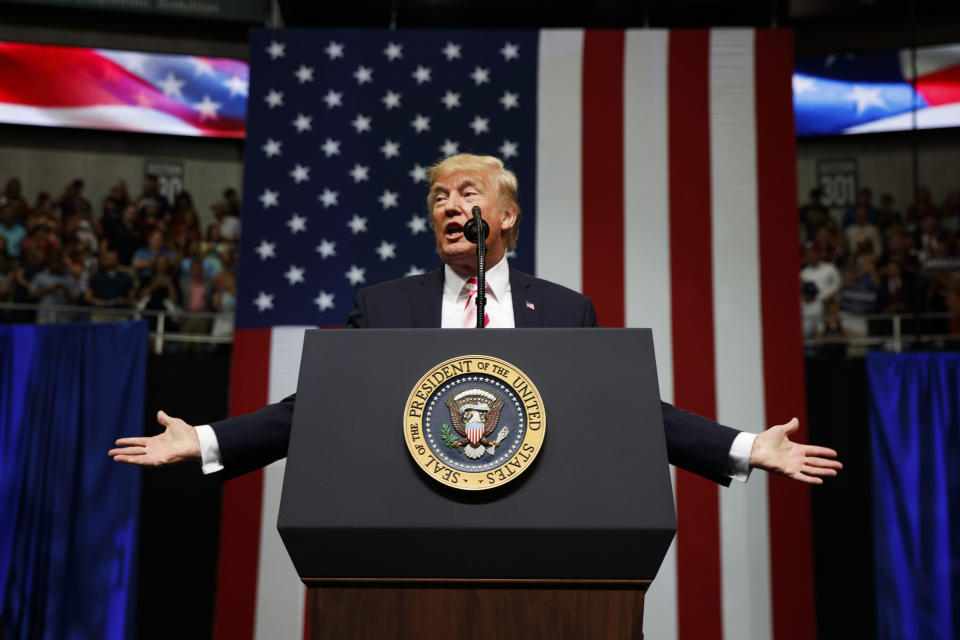
“Wouldn’t you love to see one of these NFL owners, when somebody disrespects our flag, to say, ‘Get that son of a bitch off the field right now, out, he’s fired. He’s fired!’” Trump told an arena full of adoring supporters, eliciting chants of “U-S-A, U-S-A, U-S-A!”
Trump then focused on lagging NFL ratings, framing the 2017 viewer decline as a rebuke of player protests and a demonstration of his perceived might and influence over a force as powerful as the NFL. These criticisms ignored a notable decline in the quality of NFL play and watchability that season.
While the league was dealing with its newfound political crisis, it was also fielding a product that wasn’t much fun to watch. It was a perfect storm working against the NFL — and a boon for Trump’s agenda of strengthening his hold on power.
It’s no coincidence that America’s 2020 racial reckoning took place alongside Trump’s decline. As a nation became more aware of the plight of Black America thanks largely to cell phone footage exposing the brutality Kaepernick railed against, player protests became more broadly viewed for what they were.
Even the NFL was forced to acknowledge the new political reality.
Trump’s ongoing campaign against athlete protest was a hallmark of his presidency. It played out amid an era that spawned “shut up and dribble” and “stick to sports.”
His rhetoric ensured that it was impossible for athletes and the people who cover them to do so.
More from Yahoo Sports:

 Yahoo Finance
Yahoo Finance 
